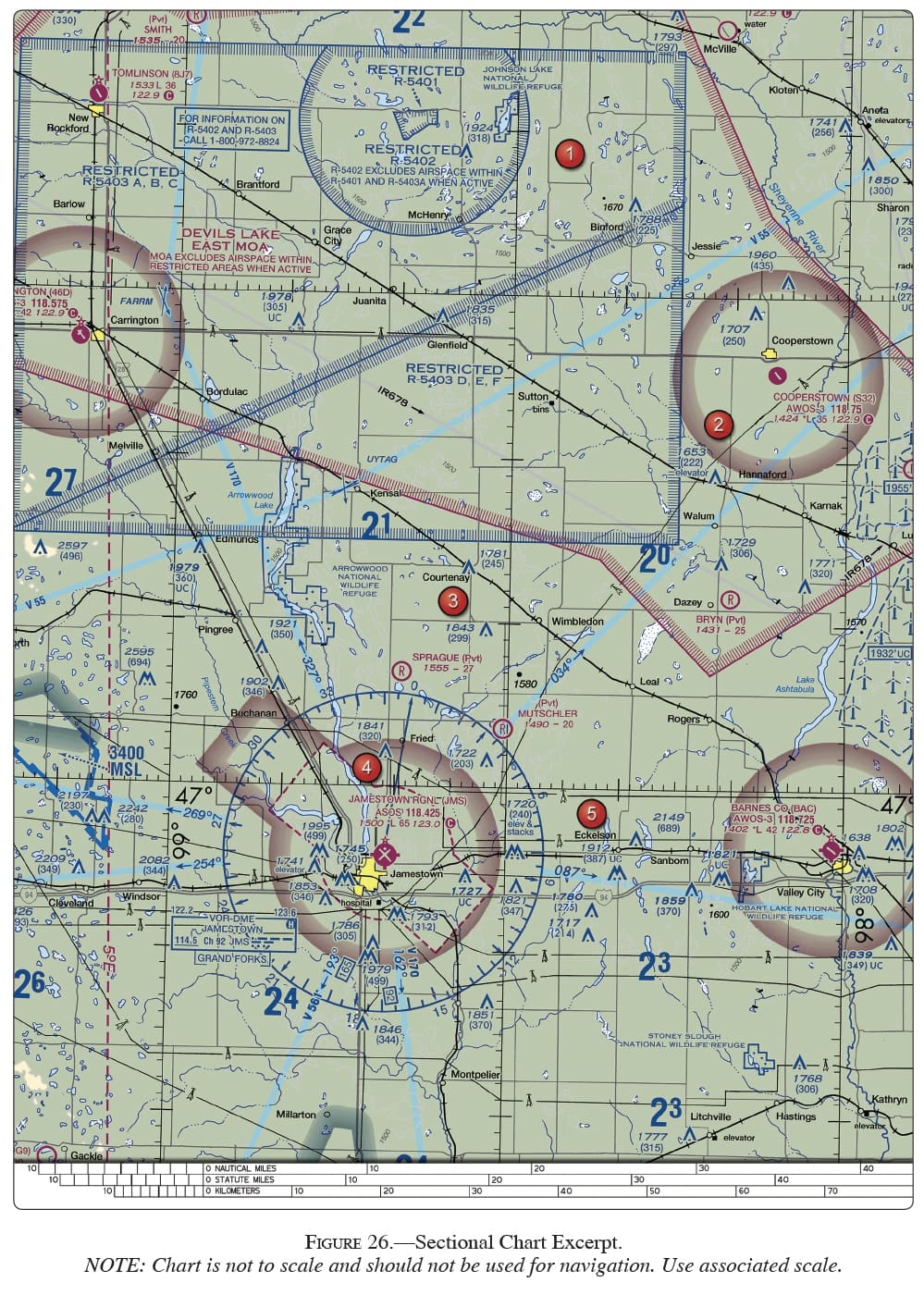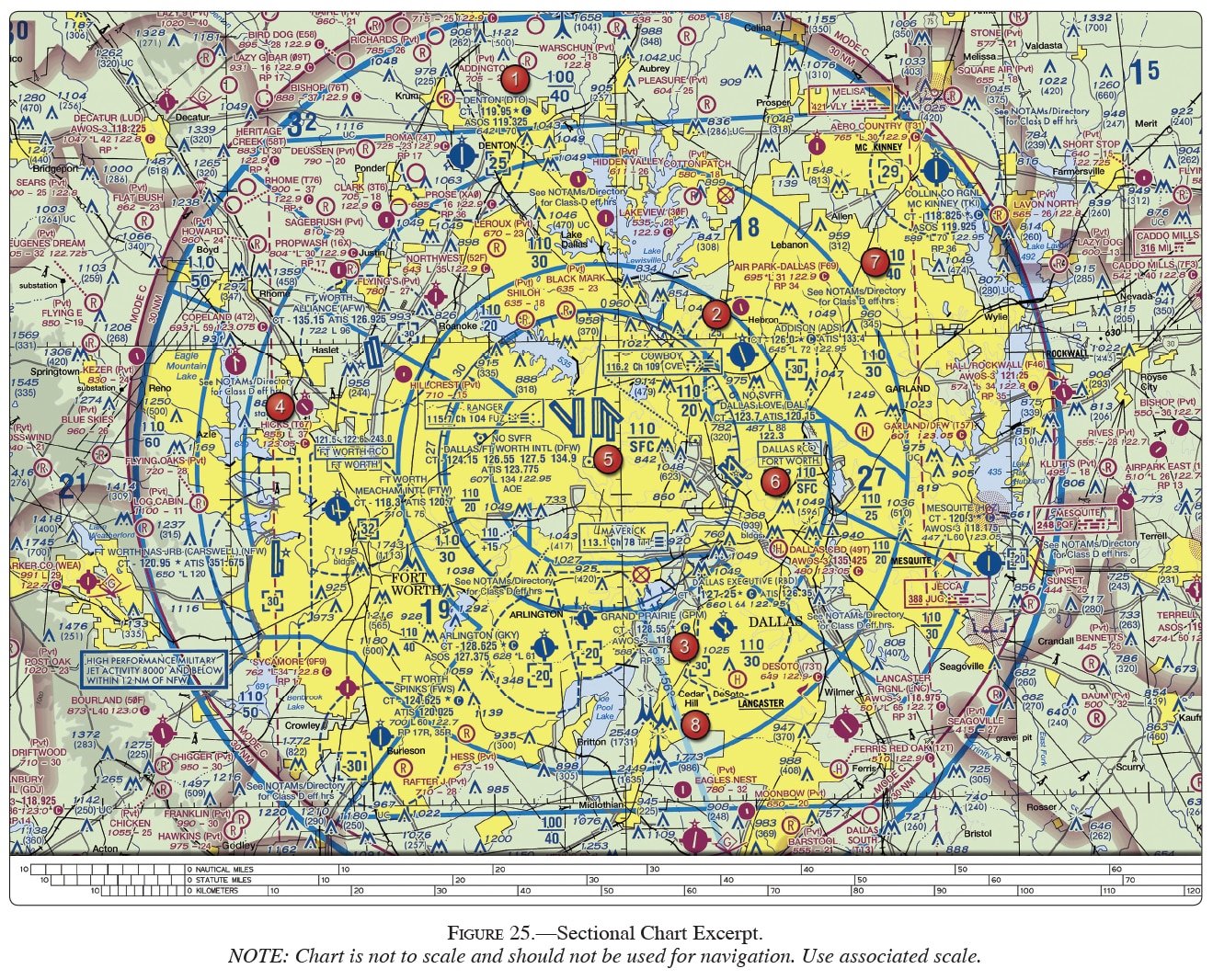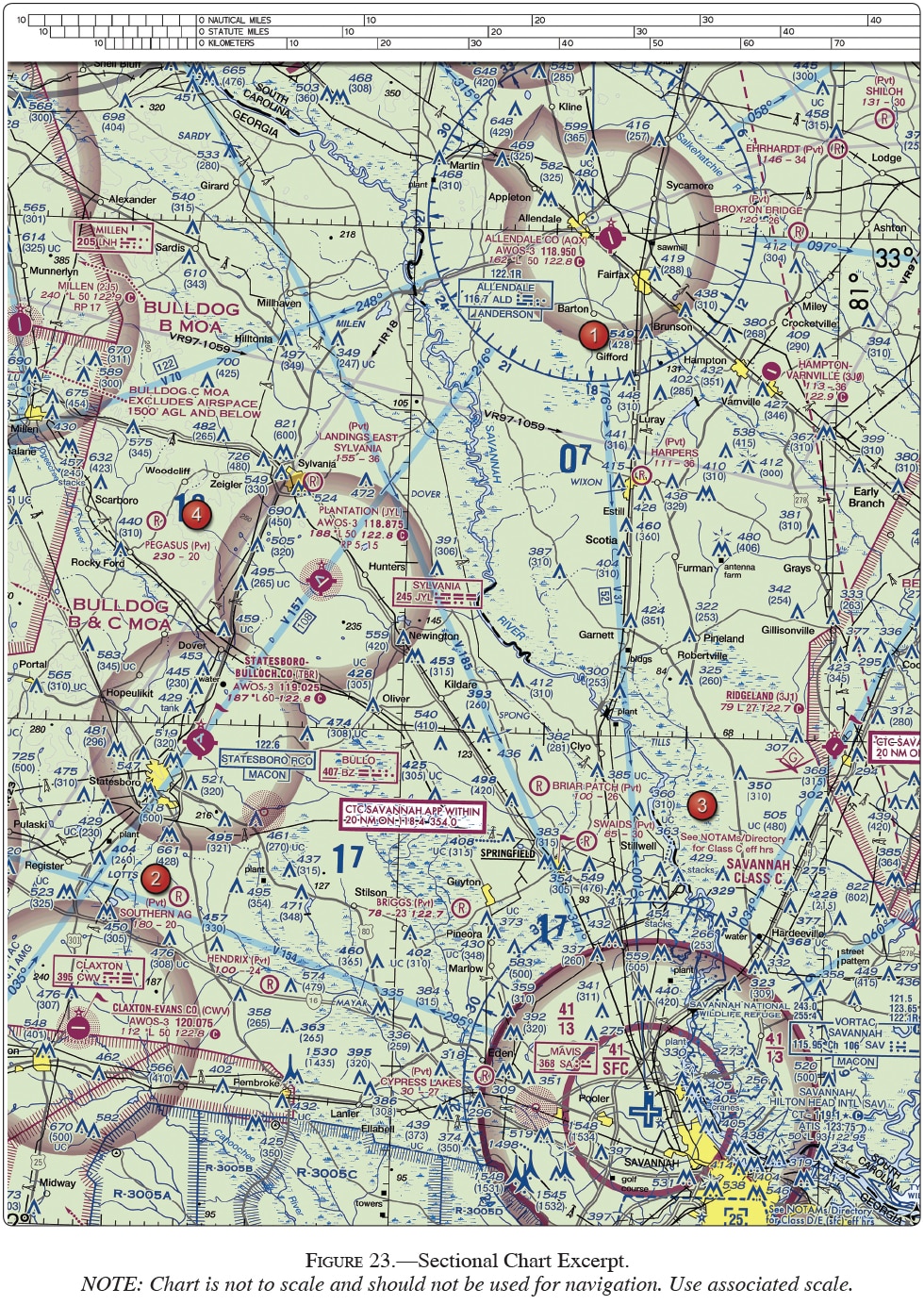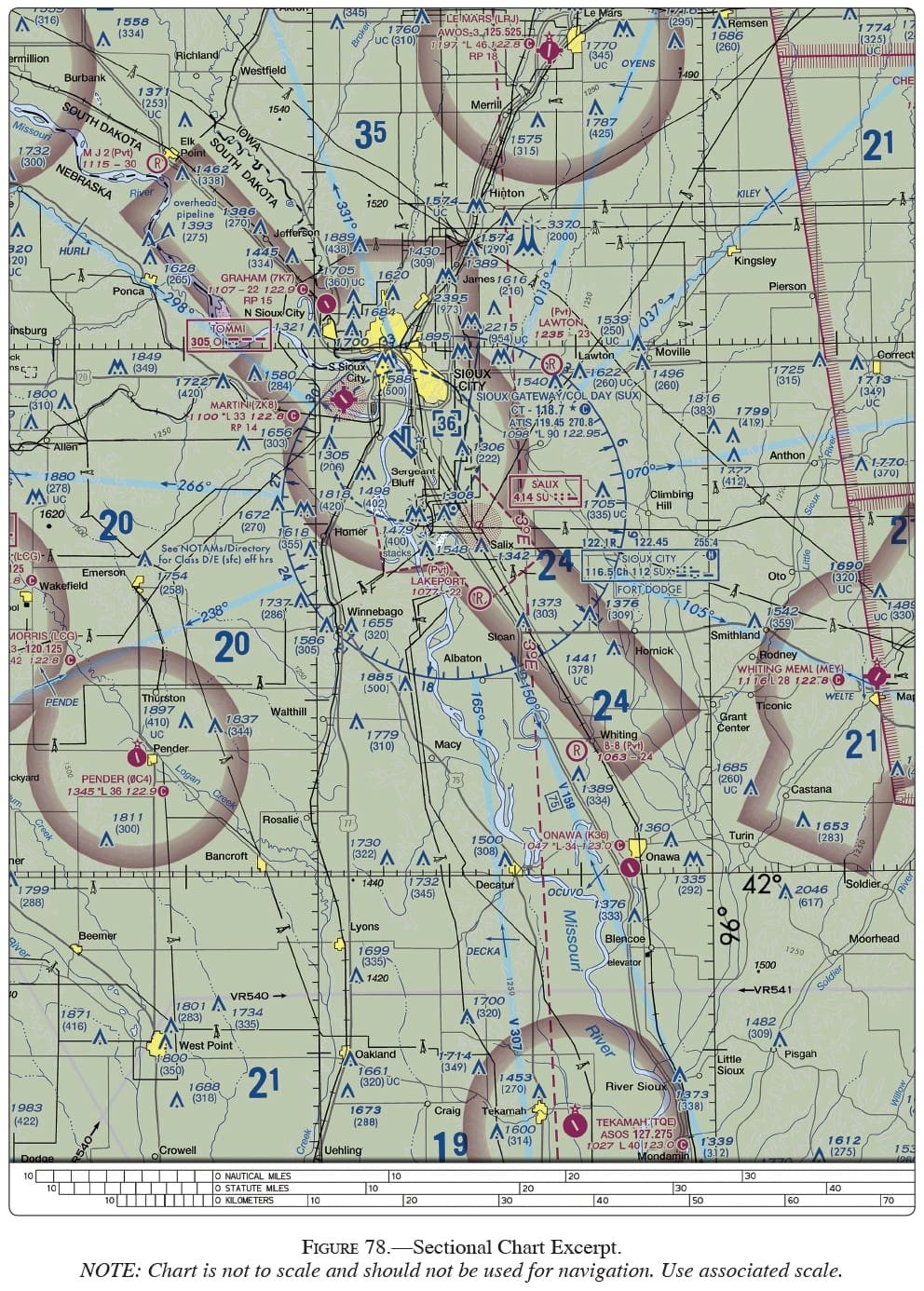FAA Airspace and Weather Minimums Test 1
Two-way radio communication must be established with the Air Traffic Control facility having jurisdiction over the area prior to entering which class airspace?
Correct!
Wrong!
Prior to entering Class C airspace a pilot must establish two-way radio communications with the appropriate Air Traffic Control facility. FAR 91.130. Answers B and C are incorrect because there are no two-way radio communications requirements for Class E or Class G airspace.
What minimum visibility and clearance from clouds are required for VFR operations in Class G airspace at 700 feet AGL or below during daylight hours?
Correct!
Wrong!
Unless otherwise authorized, two-way radio communications with Air Traffic Control are required for landings or takeoffs at all towered airports
Correct!
Wrong!
Outside controlled airspace, the minimum flight visibility requirement for VFR flight above 1,200 feet AGL and below 10,000 feet MSL during daylight hours is
Correct!
Wrong!
The normal radius of the procedural Outer Area of Class C airspace is normally
Correct!
Wrong!
Advertisement
The VFR pilot flying in Class G airspace
Correct!
Wrong!
(Refer to Figure 26, area 2.) What hazards to aircraft may exist in areas such as Devils Lake East MOA?

Correct!
Wrong!
All operations within Class C airspace must be in
Correct!
Wrong!
(Refer to Figure 20, area 1.) The NALF Fentress (NFE) Airport is in what type of airspace?

Correct!
Wrong!
10. What are the minimum requirements for airplane operations under special VFR in Class D airspace at night?
Correct!
Wrong!
Advertisement
During operations at altitudes of more than 1,200 feet AGL and at or above 10,000 feet MSL, the minimum distance above clouds requirement for VFR flight is
Correct!
Wrong!
(Refer to Figure 25.) At which airports is fixed-wing Special VFR not authorized?

Correct!
Wrong!
No person may take off or land an aircraft under basic VFR at an airport that lies within Class D airspace unless the
Correct!
Wrong!
During operations outside controlled airspace at altitudes of more than 1,200 feet AGL, but less than 10,000 feet MSL, the minimum flight visibility for VFR flight at night is
Correct!
Wrong!
When a control tower, located on an airport within Class D airspace, ceases operation for the day, what happens to the airspace designation?
Correct!
Wrong!
Advertisement
The minimum distance from clouds required for VFR operations on an airway below 10,000 feet MSL is
Correct!
Wrong!
The basic VFR weather minimums for operating an aircraft within Class D airspace are
Correct!
Wrong!
During operations within controlled airspace at altitudes of more than 1,200 feet AGL, but less than 10,000 feet MSL, the minimum distance above clouds requirement for VFR flight is
Correct!
Wrong!
(Refer to Figure 25, area 7.) The airspace overlying McKinney (TKI) is controlled from the surface to

Correct!
Wrong!
With certain exceptions, Class E airspace extends upward from either 700 feet or 1,200 feet AGL to, but does not include,
Correct!
Wrong!
Advertisement
Flight through a restricted area should not be accomplished unless the pilot has
Correct!
Wrong!
(Refer to Figure 23, area 3.) What is the floor of the Savannah Class C airspace at the shelf area (outer circle)?

Correct!
Wrong!
(Refer to Figure 25, area 2.) The floor of Class B airspace at Air Park-Dallas Airport is

Correct!
Wrong!
Airspace at an airport with a part-time control tower is classified as Class D airspace only
Correct!
Wrong!
The airspace system designations used throughout the United States
Correct!
Wrong!
Advertisement
Normal VFR operations in Class D airspace with an operating control tower require the ceiling and visibility to be at least
Correct!
Wrong!
A blue segmented circle on a Sectional Chart depicts which class airspace?
Correct!
Wrong!
What minimum flight visibility is required for VFR flight operations on an airway below 10,000 feet MSL?
Correct!
Wrong!
For VFR flight operations above 10,000 feet MSL and more than 1,200 feet AGL, the minimum horizontal distance from clouds required is
Correct!
Wrong!
(Refer to Figure 78.) What are the basic VFR weather minima required to takeoff from the Onawa, IA (K36) airport during the day?

Correct!
Wrong!